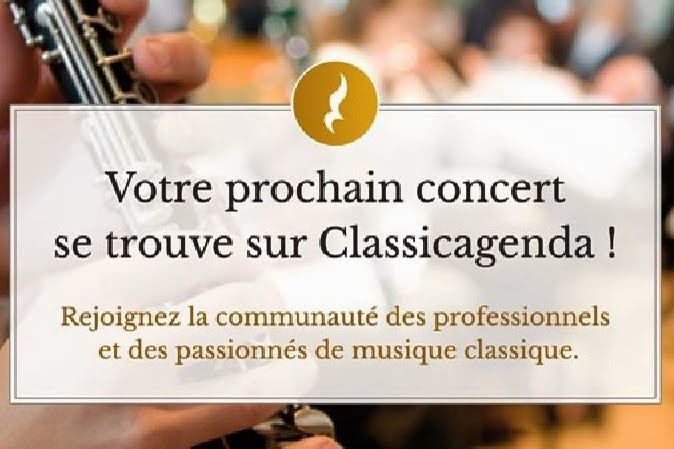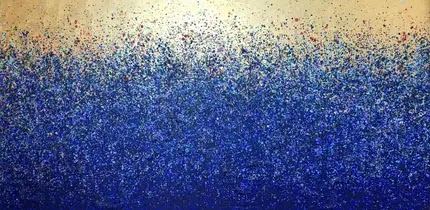Behind this
dark entrance in the Marais area is a paved court… and a 16th
century building, “Hôtel de Marle” (hôtel = private mansion). It was bought by
the Swedish State in 1965, was renovated during several years and opened to
public in 1971 as the “Le Centre Culturel Suédois”, today “L’Institut Suédois” (The Swedish Institute).
In the
summer and during the day it looks different. You are welcome there to see
expositions, have a coffee with some Swedish pastry… or just visit.
I went
there the other evening, once again with my friends from the “Association Aritistique
Suédoise à Paris” (see previous post) for an exhibition by some Swedish “comic
strips” artists.
“Comic strips” is possibly not the best way to
translate what in French is called “bandes dessinées”; this kind of art is
today definitely far from always comic, funny. “Drawn strips” is maybe a better
translation and what is produced today must often rather be considered as
“graphic novels". There is a big market for this in France. In January there is
an annual festival in Angoulème in the south-west of France, the biggest one in
Europe, with several hundred thousands of visitors and where several thousands
of cartoonists and other professionals meet, expose…
This year a
group of Swedish artists made a special exhibition in Angoulème with August
Strindberg as a common theme. This exhibition can now be seen at the Swedish
Institute in Paris and that was the reason for our visit.
Do I need
to say something about August Strindberg? If you wish you can go here, but just
a few words: Swedish playwright, novelist, poet, essayist, 1849-1912. The
hundredth anniversary of his death is thus now celebrated, including in France
(expositions, theatre plays…). Strindberg spent several years in Paris and its
surroundings, wrote some of his works in French, became befriended with painters
and was portrayed by some of them like Eduard Munch, Carl Larsson (see previous
post), Anders Zorn (see previous post)…
… and he
was a great painter himself, with a limited production, often of with the sea
as motive. At least two of his paintings
can be seen at the Orsay Museum.
One of the
exhibiting cartoonists, whom we met, Knut Larsson, was executing another
portrait of Strindberg on a wall of the stairs of the Institute. Knowing
Strindberg’s excited life and excited sea paintings, it’s easy to understand why
he portrayed him emerging from a wild sea.
We were
guided around to see the works of the other participating artists.
Maybe some
particular words about what our guide, Knut Larsson, presented at this
exhibition: Strindberg much appreciated a painting by the Swiss painter Arnold
Böcklin, “Die Totelinsel” (Isle of the Dead). Böcklin made five versions during
the years 1880-86. The one you see below once “belonged” to Hitler and is now
exposed in Berlin. One was lost during WWII, the other ones can be seen at
Basle, Leipzig and NYC (MMA). These paintings later inspired a lot of people
(Dali, Ernst, Rachmaninoff…), but already in 1907 Strindberg wrote a never
finished play with the same name and this is what inspired Knut Larsson. There
is an obvious link between this Strindberg’s unfinished play and the finished
one, also from 1907, “The Ghost Sonata”, which is supposed to end with the
image of “Die Totelinsel” and to be accompanied by Beethoven’s “Ghost Trio”.
At last, we
went up the beautiful stairs to the upper floor for a glass of wine … and we could of course also admire the beauty of the room as such, decorated by paintings (permanently)
lent by Swedish museums and institutes.
Perhaps a
special glance at the portrait of René Descartes (Cartesius), painted during
his short stay in Stockholm with Queen Christina, before he died there in 1650 of
pneumonia during the Swedish winter…. and the ceiling, which was one of the
nice surprises during the renovation of the building.



































































